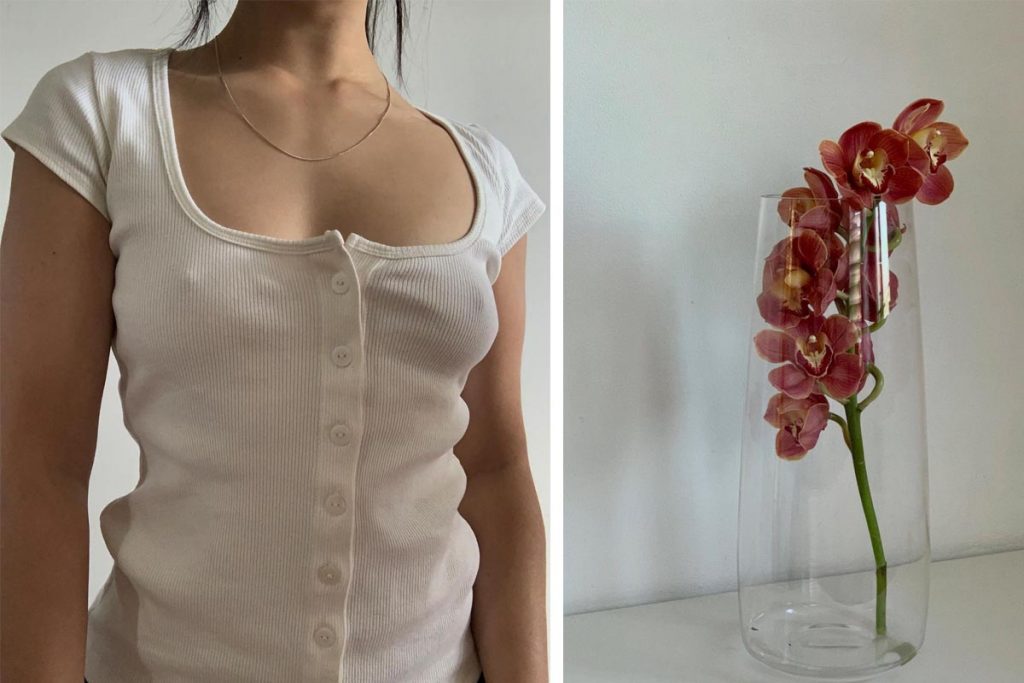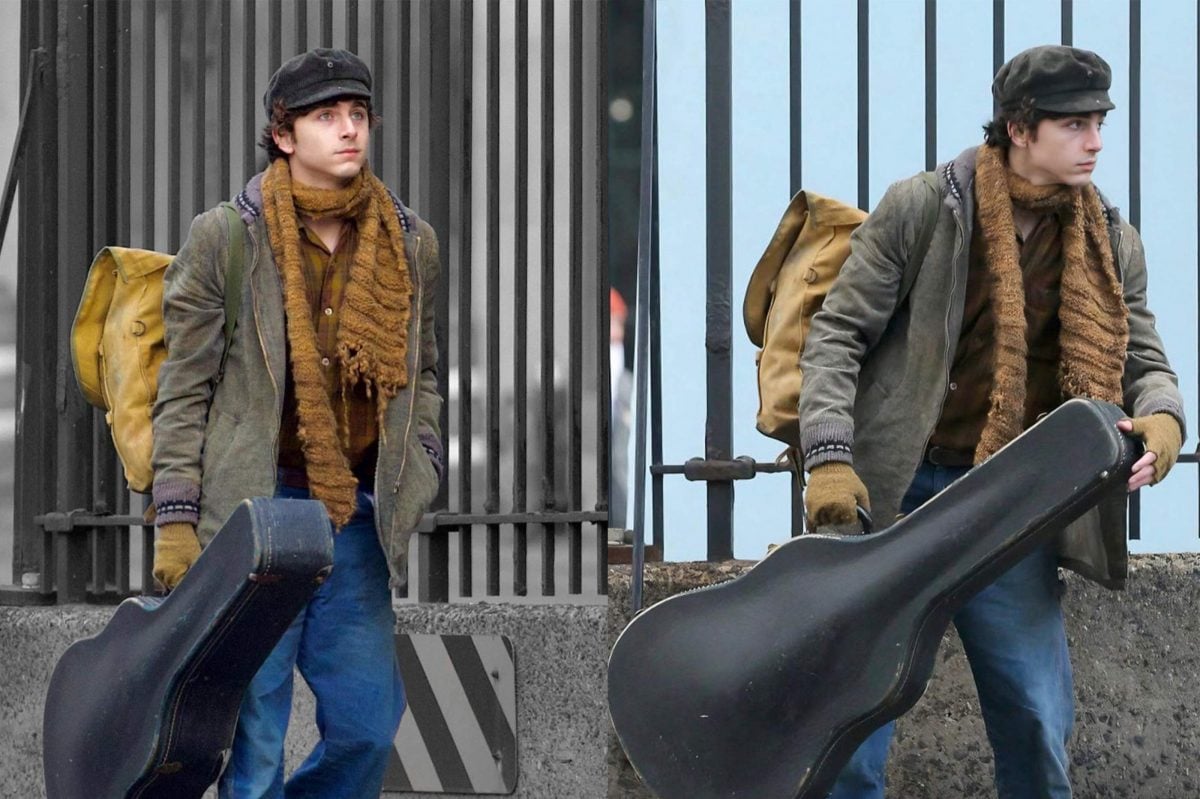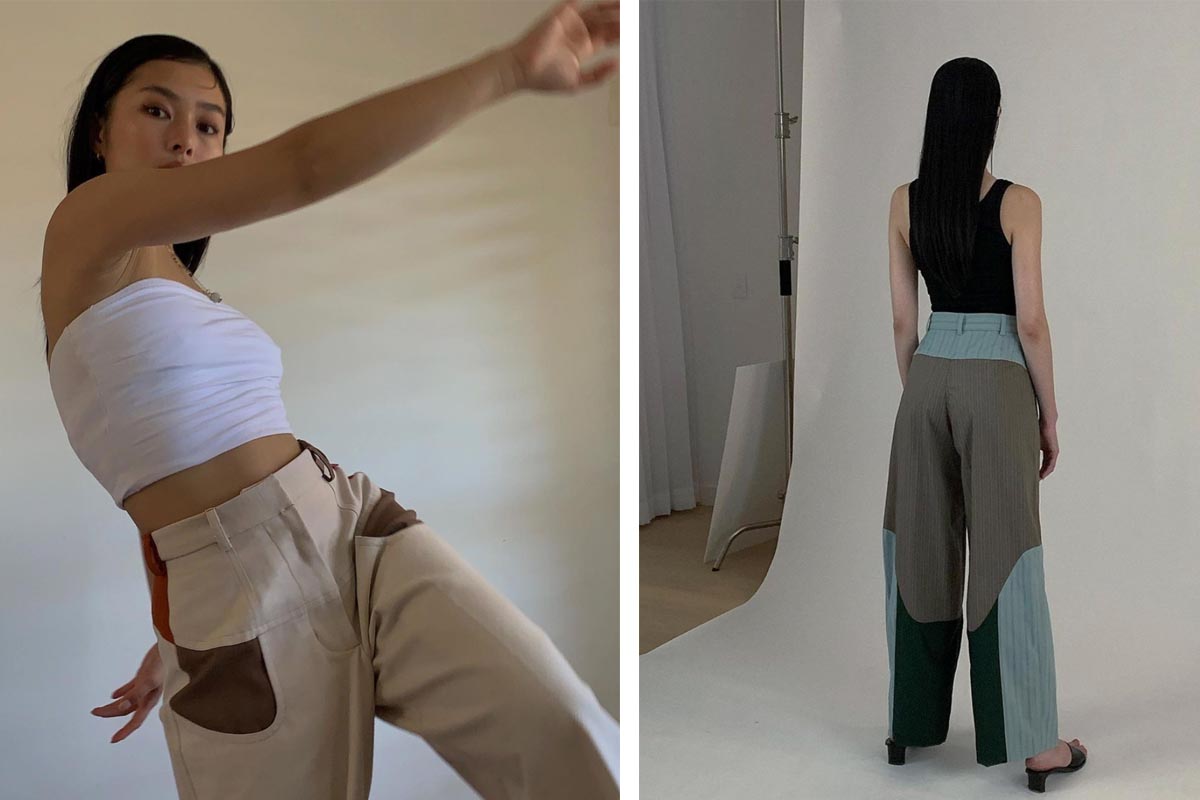
Slow fashion is something that Agnes Choi has always been passionate about.
As creative and fashion designer, she's challenged herself to be consciously resourceful. It's why her eponymous label is totally custom and made-to-order. Slow and mindful is the DNA of her brand, an ethos she carries through to the rest of her pursuits.
A fashion designer, but also an actor, activist and star of Afterpay's future of fashion campaign - here, we talk to the triple Gemini, the sustainability practices we can learn from and the advice she would give to her younger self.
Tell us about you. What’s the first thing we should know?
I’m a fashion designer, but I’m also an actor. I’m ambitious, but I’m also patient. I’m rational, but spontaneity always prevails. I dive very deep but I’ll also enjoy the surface. I’m very approachable in person, but I have phone phobia. I’m adaptable, but I’ll always carry my core. I’m a huge clown, but I’m not a fool. I love the great outdoors, but I have terrible allergies. You can twist my arm easily, but not my backbone.
I like getting lost and making mistakes. I love problem solving and finding space to improve. But above all, I just really love to make the people around me happy. It’s honestly as simple as that.
What’s your sign?
Gemini Sun, Gemini Moon, Gemini Rising!
In your words, tell us about the DNA of your brand?
In its truest essence, my brand is rooted in process, transparency, and longevity. It is an organically evolving project that I started at the height of the pandemic as a response to the urgent need to interrogate our collective ignorance to the environmental, social and cultural damage caused by the capitalist structure of the global fashion system. As a fashion designer, I felt a deep obligation to educate my peers, my community and myself, and pro-actively find alternative forms to engage with the craftsmanship and evocativeness of fashion design that is disappearing into the void of rapidity.
I use my brand to invite the community to understand the heart and labour involved in making a garment, sharing my process from fabric selection, patternmaking, cutting and fitting, to construction and bespoke finishes. I think the beauty of working on such a small scale is that you take your client, or your audience, on a journey with you, and in turn reviving the emotional connection between human and clothing.
With that in mind, the brand is also about longevity. Instead of seeing garments as disposable items, I encourage repair and re-inventions, creatively offering garments a new life and identity as the wearer grows physically, mentally and emotionally.
Why did you decide to take the route of going custom-made?
I actually kind of fell into it! I had initially approached the project like a personal purgatory through the act of revisiting fabrics I had collected over the years. It was a conscious challenge to be more resourceful, using only what I had in my immediate proximity (we were also in isolation at the time), encouraging a slow and mindful process to strengthen an appreciation of craftsmanship and poetry in clothing. And so in regards to custom fabrics, naturally I could only make one or two repeats of the same garment.
I had made only 5 pairs of trousers using an existing pattern from my graduate women’s collection, and found it very restrictive. Standard sizing was birthed through the capitalist structure to maximise production at minimal costs, and was a fundamental to fashion education. Reality is, every human body is unique, and we had been conditioned to think that we are abnormal or insignificant if we don’t reach the ‘standard’. We should be celebrating people of all genders, shapes and sizes, and going custom allows that freedom. It is definitely a much more labour intensive process, but the reward of seeing the client so ecstatic about their personalised garment is such a strong reminder as to why I was passionate about design in the first place.
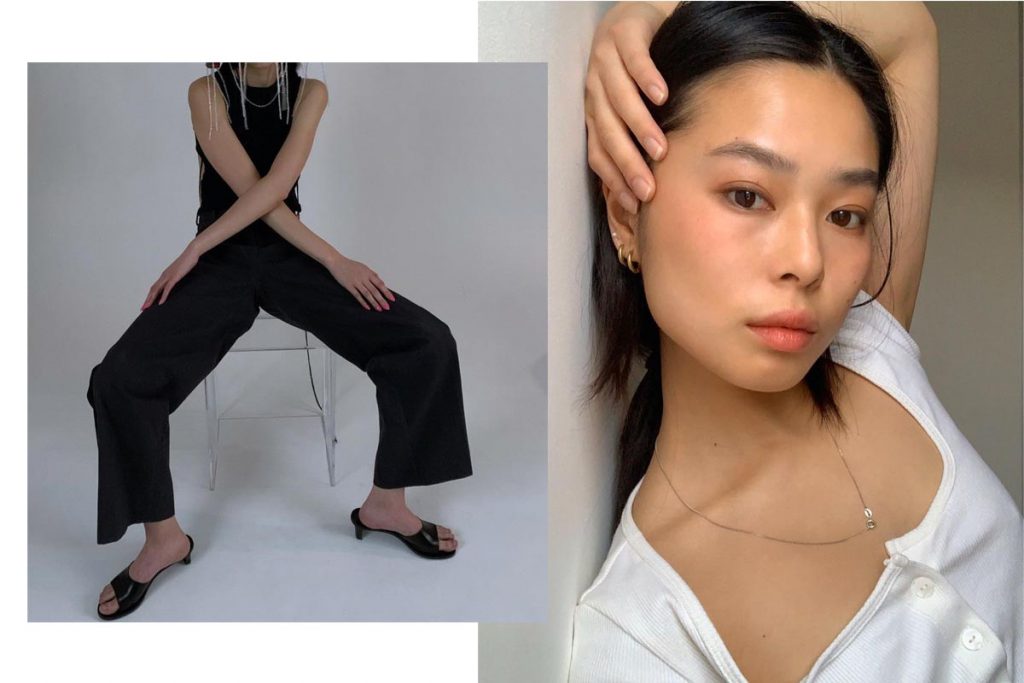
I think there is also a mutual enjoyment in having a closer relationship between client and designer. I love giving the client the freedom to express their vision, and I realise it for them with my own style. Perhaps it’s the actor in me coming through here, but I love meeting interesting people and hearing their stories. When I get to know a client and their personalities, passions, behaviours, and values, it gives me confidence to create a garment that reflects their aura. It’s honestly a very beautiful process. There’s no box-ticking here. The capitalisation is removed from the creativity. The process is rooted in trust and patience. Everything is made from passion and love.
Where do you get your creative inspiration from?
I often subconsciously find connections between my internal thoughts, feelings, and lived identity, with the outside world - the people I interact with, a story someone tells me, the places I walk past, a book I read, a piece of colourful trash. There’s beauty and meaning in everything, you just have to look a little harder. I’m always up in the air in my stream of consciousness, imagining reasons and creating long winded stories (depending on how long it takes for me to walk from A to B…) for something I saw earlier and got curious about. And then 50 tangents later and I’m in an alleyway in Barcelona filming a fight scene with Alexa Demie, I’ll have an answer, not to the story I’ve created, but for a project I might be working on at the time. I do find that the stronger my emotions are, the more creative I am. So sometimes you just got to let go and let yourself be vulnerable.
What inspires your approach to fashion and style?
My style changes everyday depending on my mood. I don’t dress to impress anyone, or to fit in a certain box. I dress to feel confident and comfortable in my own body, and clothing can definitely have the power to do that. I’ll listen to my body and how I’m feeling about myself that day, and usually there will be something baggy for maximum comfort and protection if I’m feeling vulnerable in a certain area, and something more tight-fitting or feminine. I like to juxtapose different style genres to find hints of oddity so that fashion and style doesn’t become a person’s brand, but rather, a mood. I don’t like to think too hard or curate outfits because then you lose the spontaneity and you might find yourself curating someone else’s identity!
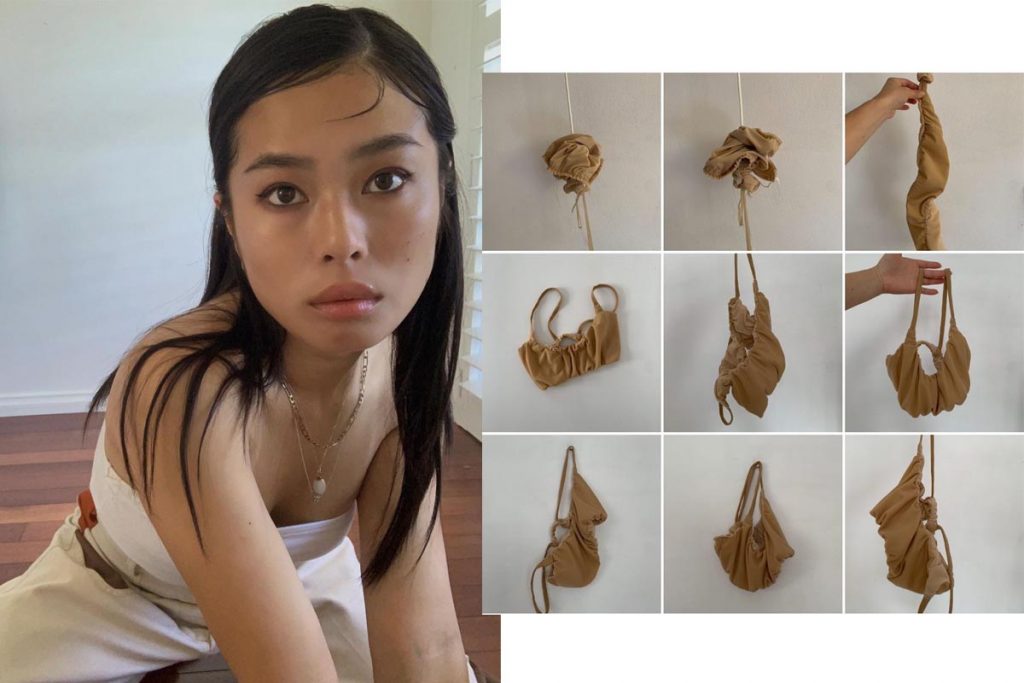
What’s something we can all do to help work towards a more sustainable future?
I think firstly we all have to self-reflect and be honest with ourselves as to our positions in society, locally and globally. What each one of us can do to help work towards a more sustainable future will differ based on our social status, cultural heritage and context, gender and sexual identity, access to education, health and welfare, just to name a few. We have to realise that being sustainable isn’t just an individual act, but instead, it is most powerful when we act as a community and look out for each other. Sharing an engaging post online is the first step, but there are nuances to the sustainability discourse that is, for example, deeply connected to our history of Colonialism and various levels of racism that we can all research and discuss more. Next is to take action based on your means, whether it is turning up to protests, giving or receiving financial help (because sustainability in a capitalist world isn’t always affordable and accessible), conscious consumption, supporting sustainable businesses, or reflecting and altering business strategies on a larger scale. I really believe that there is immense power in love, empathy and community.
What advice would you give to your younger self?
Give the same amount of love to yourself as you give to those around you and beyond.

